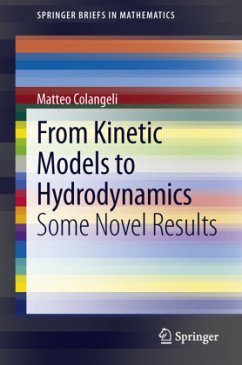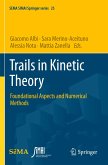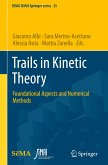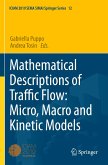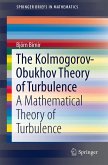From Kinetic Models to Hydrodynamics serves as an introduction to the asymptotic methods necessary to obtainhydrodynamic equations from a fundamental description using kinetic theory models and the Boltzmann equation. The work is a surveyof an active research area, which aims to bridge time and length scalesfrom the particle-like description inherent in Boltzmann equation theory to a fully established "continuum" approach typical of macroscopic laws of physics.The author sheds light on a new method-using invariant manifolds-which addresses a functional equation for thenonequilibrium single-particle distribution function. This method allows one to find exact and thermodynamically consistent expressions for: hydrodynamic modes; transport coefficient expressions for hydrodynamic modes; and transport coefficients of a fluid beyond the traditional hydrodynamiclimit. The invariant manifold method paves the way to establish a needed bridgebetween Boltzmann equation theory and a particle-based theory ofhydrodynamics. Finally, the author explores the ambitious and longstanding taskof obtaining hydrodynamic constitutive equations from their kinetic counterparts. The work isintended for specialists in kinetic theory-or more generally statisticalmechanics-and will provide a bridge between a physical and mathematicalapproach to solve real-world problems.
From the reviews:
"It gives an excellent introduction to this area of research to graduate students of applied mathematics, nonspecialists and the mathematical community in general and draws attention to some very interesting questions." (Mark Thompson, Mathematical Reviews, November, 2013)
"It gives an excellent introduction to this area of research to graduate students of applied mathematics, nonspecialists and the mathematical community in general and draws attention to some very interesting questions." (Mark Thompson, Mathematical Reviews, November, 2013)

